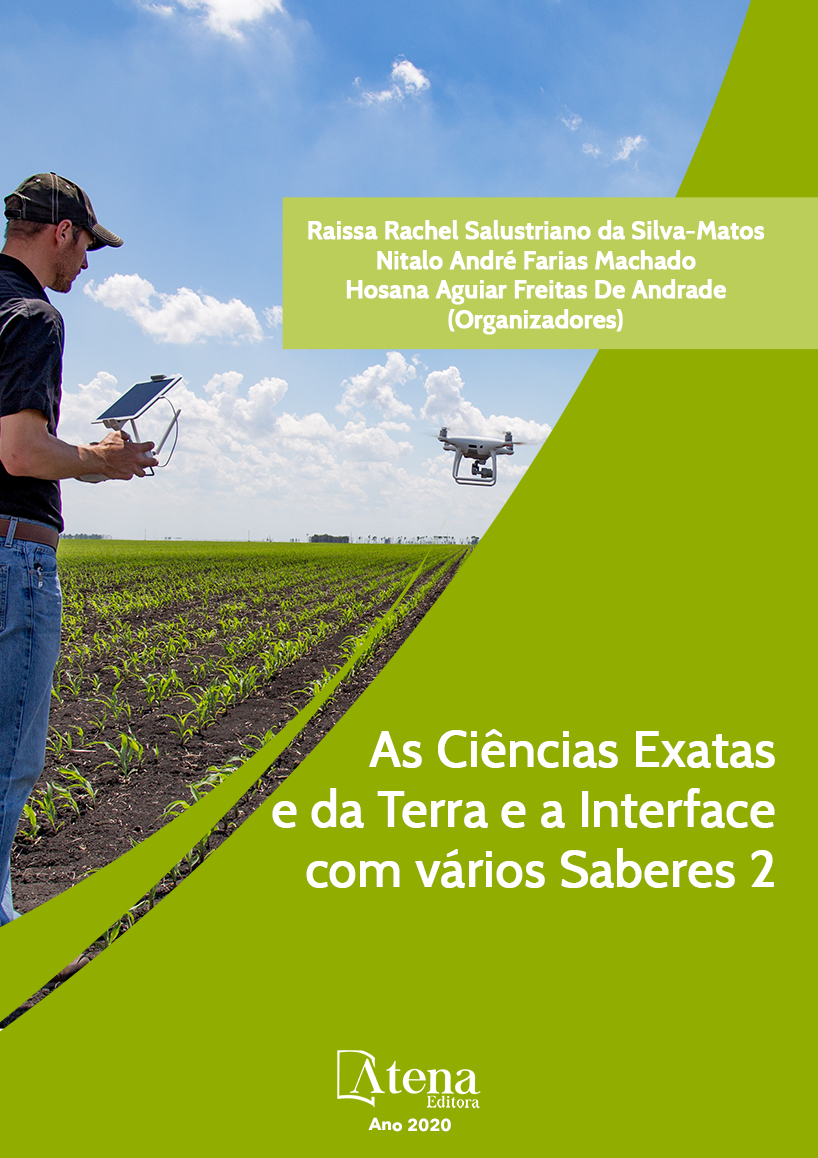
PROPRIEDADES BIOFÍSICAS DO BIOMA PAMPA: O PAPEL DA VEGETAÇÃO NATIVA NA REGULAÇÃO CLIMÁTICA
Estudos têm identificado ultimamente a regulação climática como um importante serviço ambiental prestado pelos ecossistemas. Uma forma de avaliarmos o papel da vegetação na regulação biofísica do clima é através da simulação dos fluxos entre a superfície da terra e a atmosfera por meio de modelos de superfície, comparando os resultados das simulações com dados observados. Em biomas como o Pampa, que tem sofrido nas últimas décadas uma expressiva expansão agrícola e uso para pecuária, ainda não é claro como as propriedades biofísicas estão sendo afetadas. Nesse sentido, este trabalho avalia os serviços ambientais do bioma Pampa, através da comparação entre as forçantes biofísicas em simulações com vegetação representativa do bioma em relação ao solo nu. Para tanto, foi utilizado o modelo Simples da Biosfera (SiB2). Os resultados mostraram que a conversão da vegetação nativa (VN) em solo nu tem impacto significativo nas forçantes radiativas, através da diminuição do albedo médio diário (em torno de 11%) e da diminuição do saldo de radiação (aproximadamente 6%). Além disso, houve significativa redução na magnitude da média diária do fluxo de calor latente (-21 W/m²) e aumento do fluxo de calor sensível (+14 W/m²). Observou-se também, no inverno e verão um aumento médio da temperatura da superfície de aproximadamente 0,2ºC e 1,5ºC, respectivamente. De forma geral, os resultados deste trabalho mostraram que a presença da vegetação nativa é componente essencial para a regulação climática, tanto em relação a alteração das componentes do balanço de energia quanto das variáveis climáticas.
PROPRIEDADES BIOFÍSICAS DO BIOMA PAMPA: O PAPEL DA VEGETAÇÃO NATIVA NA REGULAÇÃO CLIMÁTICA
-
Palavras-chave: regulação climática, propriedades biofísicas, Pampa, SiB2.
-
Keywords: climate regulation, biophysical properties, Pampa, SiB2.
-
Abstract:
Studies have recently identified climate regulation as an important environmental service provided by ecosystems. One way to evaluate the role of vegetation in biophysical climate regulation is by simulating the fluxes between the earth's surface and the atmosphere using surface models, comparing the simulation results with observed data. In biomes such as Pampa, which has undergone significant agricultural expansion and livestock use in recent decades, it is still unclear how biophysical properties are being affected. In this sense, this work evaluates the environmental services of the Pampa biome by comparing the biophysical forcing in simulations with representative vegetation of the biome in relation to the bare soil. For this, the Simple Biosphere model (SiB2) was used. The results showed that the conversion of native vegetation (NV) to bare soil has a significant impact on radiative forcing, by decreasing the average daily albedo (around 11%) and decreasing the net radiation (approximately 6%). In addition, there was a significant reduction in the magnitude of the daily average latent heat flux (-21 W/m²) and increased sensitive heat flux (+14 W/m²). In winter and summer, there was also an average increase in surface temperature of approximately 0.2ºC and 1.5ºC, respectively.. In general, the results of this work showed that the presence of native vegetation is an essential component for climate regulation, both regarding the alteration of energy balance components and climate variables.
-
Número de páginas: 10
- Débora Regina Roberti
- Roilan Hernández Valdés
- Guilherme Goergen


